“Trying not to Try”: A Crash Course in Tai Chi
“Do or do not. There is no try.”
The photo shows a likeness of Jedi Master Yoda of the Star Wars movie franchise. Photo by Davidson Luna at Unsplash.
I often contemplate what it is the smallest most powerful teaching I can offer a particular group, because I teach in medical and corporate settings where sometimes people have only one Tai Chi class with me. Sharing something short, clear and useful is always a good idea, because, truly, the good ideas stay with you.
So, here is the good idea, which I call a crash course in Tai Chi. The phrase that encapsulates the beauty of Tai Chi and what it is you “do” when you play Tai Chi is “trying not to try” as you move slowly and intentionally while staying relaxed. Sometimes, beginners are surprised by the fact that moving the body slowly while staying relaxed, as you do in Tai Chi, is tiring: engaging your muscles and focusing your mind at the same time takes energy and effort.
But not too much effort! You want to stay relaxed when you play Tai Chi.
This phrase “trying not to try” describes the goal and the path for learning and playing Tai Chi, which is authenticity and spontaneity and feeling relaxed and safe and whole in the moment. I blogged about this idea of playing Tai Chi and having a sense of freedom and play in a previous entry here. As a real-life practice, Tai Chi can be a healing tonic for the body and mind and be useful for mastering your relationship to stress. You can practice in five minutes, twenty minutes, a whole day or even years.
At first the slow movements may be unpleasant (you encounter tension) or the slow movements are boring (you encounter your tiredness, distraction, and resistance), but then there is relaxation which is pleasant and enjoyable. It takes practice to do this (many attempts, many repetitions), and it takes time. One Olympics gymnastics coach described learning physical and mental skills required of gymnastics, another physical and mental discipline, this way: “First you practice the movements until they become boring. Then you practice the movements until they become beautiful.” I believe these words also apply to Tai Chi.
The “trying not to try” phrase also points to popular culture and the movies. In the scene of the Empire Strikes Back, part 2 of the Star Wars saga, Yoda, the Jedi Master, tells Luke Skywalker, his Padawan student learning the ways of the Force. When Yoda asks Luke to lift his aircraft out of the swamp using only his mind, Luke says, “I will try, ” to which Yoda responds: “Do or do not. There is no try.” This famous line speaks to the bias for action and how actions are important and must align with the words. There is power in the unified front of focusing the mind in concert with the physical world, everything pointing and heading in the same direction. “Just do it” is another phrase that points to the necessity of action to embody the intention or the good idea. To try connotes self-consciousness and doubt, which means body and mind are divided.
Taking action sets life in motion. Taking unified action is powerful.
“Trying not to try” points to several things happening simultaneously: setting an intention that seems contradictory (that is, being right in the middle of trying and not trying, having an intention and being open to having other intentions or no intentions), which keeps the mind engaged and focused as you move the body. A simple intention in Tai Chi is to relax the body (“drop the shoulders and breathe”) and watch what happens as you do the next movement. Do you stay relaxed? Do you get distracted or bored, or emotional and frustrated?
Tai Chi is a meditation about the extremes and finding a useful relationship with the extremes in both mind and body. You can use this meditation process to observe yourself and ask yourself: “What am I doing? Am I trying too hard? Am I trying hard enough?” As you relax into the practice by relaxing your muscles and deepening your breath, your mind can become quiet, and even those helpful questions and observations can fall away. You can then simply play the Tai Chi and be in the the unselfconscious moment.


